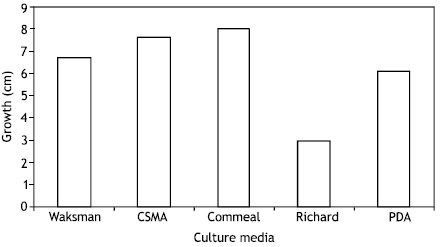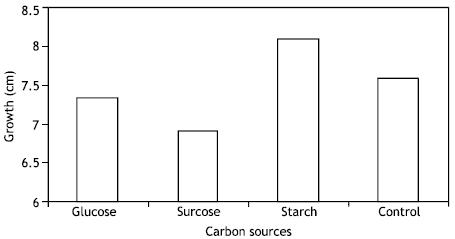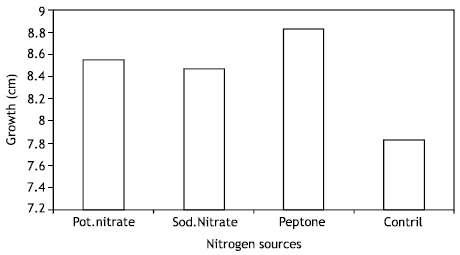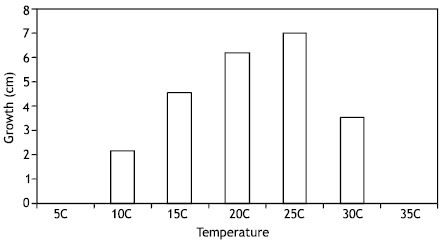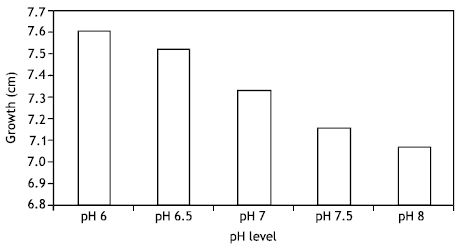Research Article
Physiological Study of Sclerotium rolfsii Sacc.
Quaid-i-Azam University, Islamabad, Pakistan
Sh. Muhammad Iqbal
National Agricultural Research Centre, Park Road, Islamabad, Pakistan
Najma Ayub
Quaid-i-Azam University, Islamabad, Pakistan
Abdul Majeed Haqqani
National Agricultural Research Centre, Park Road, Islamabad, Pakistan









